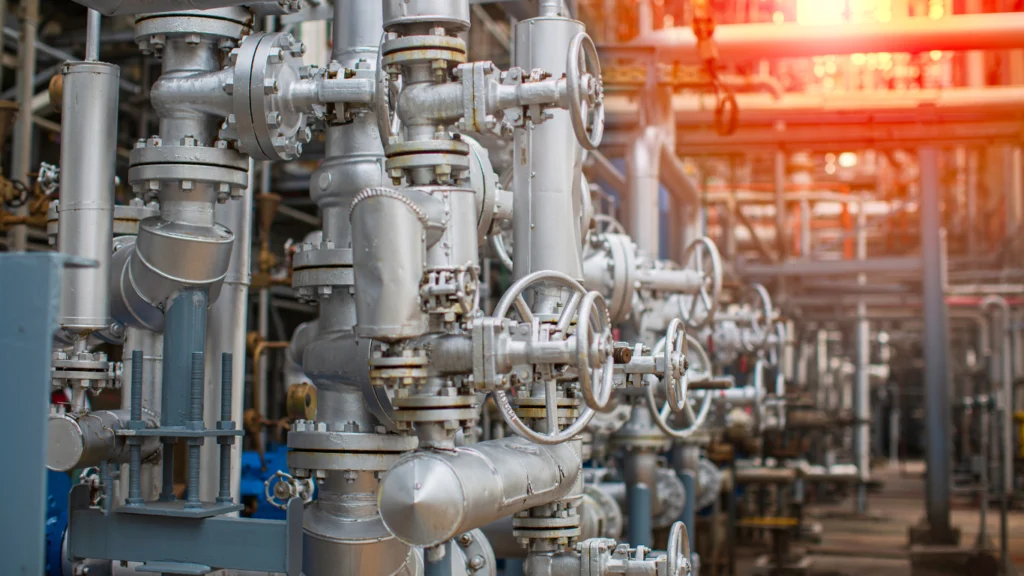The emphasis on sustainability has become a focal point in the ever-changing landscape of industrial methodologies. Among the notable landmark in wastewater treatment garnering attention is Zero Liquid Discharge (ZLD). This blog intricately explores the realm of ZLD and its environmental advantages. ZLD stands as a pioneering solution, eliminating liquid discharge entirely, and becomes a focal point in the ongoing endeavour with Scaleban to balance industrial growth with environmental preservation. Delving into the complexities of ZLD and its multifaceted benefits, from preventing water contamination to contributing to a circular economy through resource recovery. As industries increasingly recognize the urgency of responsible wastewater management, Scaleban ensures ZLD as a transformative force, reflecting a commitment to environmental sustainability in industrial practices that resonate with the evolving needs of our planet.
Exploring the Depths of Zero Liquid Discharge (ZLD)
Zero Liquid Discharge is a wastewater treatment process designed to eliminate liquid discharge entirely. Unlike conventional methods that may leave behind concentrated brine or liquid effluent, ZLD stands out for its commitment to environmental stewardship. The core principle is simple but profound: zero discharge of liquid waste into the environment. Industries adopting ZLD technology aim not only to comply with stringent environmental regulations but also to redefine their approach to wastewater management.
Embrace Sustainability with ZLD – Act Now for a Greener Future!
Zero Liquid Discharge in Action
Let’s take a closer look at how Scaleban makes ZLD in practice. The process involves several stages, each contributing to the efficient management of wastewater.
Pre-treatment- Enhancing Wastewater Quality
Prior to entering the Zero Liquid Discharge (ZLD) system, wastewater undergoes a crucial pre-treatment phase designed to eliminate suspended solids and impurities. This meticulous step sets the foundation for the subsequent stages, ensuring optimal efficiency in the treatment process.
Evaporation- Transformative Heat Separation
The evaporation stage is a pivotal step where heat is strategically applied to the wastewater, instigating the separation of water from dissolved solids. This process results in the formation of a concentrated brine, which is then channelled into the crystallization unit for further refinement.

Embrace Sustainability with ZLD – Act Now for a Greener Future!
Crystallization- Solidifying Dissolved Elements
Within the crystallization phase, the concentrated brine experiences a transformative process where dissolved salts solidify into crystals. The ensuing separation of these crystals from the remaining water facilitates the extraction of pure elements.
Dewatering- Purifying the Residual Water
Following crystallization, the remaining water undergoes additional treatment to eliminate any lingering impurities. This purified water, free from contaminants, can be reintegrated into industrial processes or safely released.
Salt Recovery- Transforming By-products into Assets
The final stage involves the collection of separated salt crystals. These crystals present a valuable resource that can be processed for reuse or commercial purposes, contributing not only to the environmental sustainability of ZLD but also to its economic viability.
ZLD and Environmental Accountability
Zero Liquid Discharge, with its commitment to eliminating liquid effluent, exemplifies environmental accountability in industrial practices. By preventing water contamination and adhering to stringent regulations, industries adopting ZLD contribute to the establishment of just and responsible institutions. This sustainable solution addresses environmental concerns associated with traditional methods, aligning with the broader objective of promoting peace through a harmonious coexistence between industrial growth and ecological preservation.
Challenges and Considerations
While ZLD offers a promising solution to the environmental challenges posed by wastewater, it’s essential to acknowledge potential challenges. The initial setup cost of ZLD systems can be higher compared to traditional methods. However, the long-term benefits in terms of environmental conservation, regulatory compliance, and resource efficiency often outweigh the initial investment.
Additionally, industries transitioning to ZLD may need to invest in staff training and adapt their operational processes. However, the overall positive impact with Scaleban in corporate social responsibility and sustainability goals can justify these adjustments.
Conclusion: A Greener Tomorrow with ZLD at Scaleban technology
In the pursuit of sustainable industrial practices, Zero Liquid Discharge emerges as a beacon of hope for responsible wastewater management. Its ability to eliminate liquid discharge, coupled with the focus on resource recovery, makes ZLD a superior choice compared to traditional methods like Multiple Effect Evaporators.
As industries continue to evolve, embracing ZLD technology becomes not just a choice but a responsibility. It is a commitment to environmental preservation, regulatory compliance, and resource efficiency. The shift towards ZLD signifies a transformative journey towards a greener tomorrow, where industries can thrive without compromising the health of our planet.
